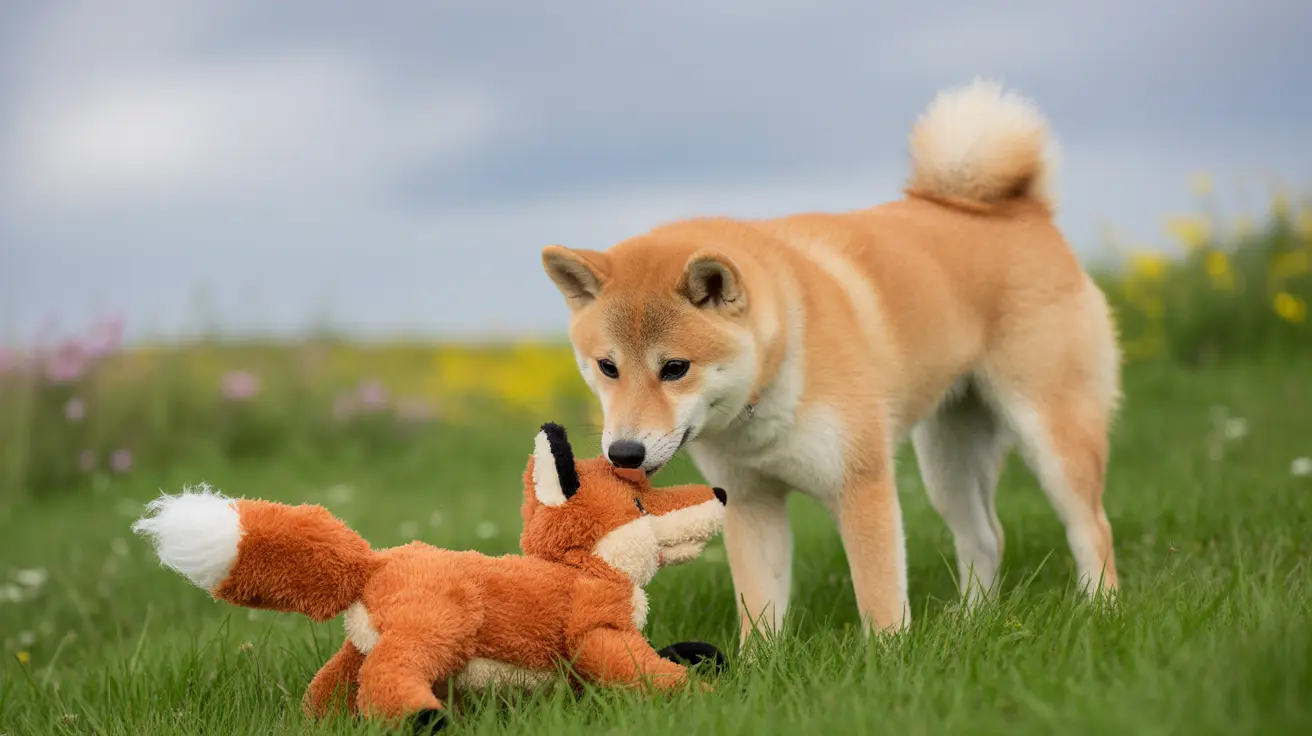When you spot a fox in the wild, you might notice some striking similarities to your pet dog. From their pointed ears to their furry tails, foxes certainly share some physical traits with our canine companions. But exactly how close is this relationship? Let's explore the fascinating connection between foxes and dogs, and discover what makes these animals both similar and distinct.
As members of the Canidae family, foxes are indeed classified as canines, alongside dogs, wolves, and jackals. However, their relationship is more like distant cousins than close siblings, with an evolutionary split occurring approximately 7-10 million years ago.
The Canine Family Connection
Foxes belong to the genus Vulpes, while domestic dogs are classified under the genus Canis (Canis lupus familiaris). Despite their shared family membership, this genetic distinction means foxes and dogs have developed unique characteristics over millions of years of evolution.
Key similarities between foxes and dogs include:
- Elongated snouts and powerful jaws
- Keen sense of smell
- Similar dental structure
- Omnivorous diet capabilities
- Use of scent marking for communication
Physical and Behavioral Differences
While foxes are canines, they exhibit several distinct characteristics that set them apart from dogs. Their vertical pupils and more slender build often lead people to mistake them for feline relatives, though this is merely an example of convergent evolution.
Notable differences include:
- Solitary nature versus dogs' pack mentality
- Cat-like climbing abilities
- Different vocalization patterns
- Shorter lifespan (2-4 years in the wild)
- Less adaptability to human companionship
The Domestication Factor
One of the most significant differences between foxes and dogs lies in their history of domestication. Dogs were domesticated at least 15,000 years ago and have evolved alongside humans as companions. Foxes, however, remain largely wild animals, with one notable exception: the Russian silver fox experiment.
This groundbreaking study, begun in 1958, demonstrated that foxes could develop dog-like traits through selective breeding for tameness. However, even these domesticated foxes retain many wild instincts and are not suitable as typical pets.
Scientific Classification and Evolution
The scientific evidence clearly shows that while foxes and dogs share a common ancestor, they evolved to fill different ecological niches. This divergence has led to distinct genetic makeups, preventing interbreeding between the species despite their family connection.
Understanding this relationship helps explain why foxes exhibit both dog-like and unique characteristics, making them fascinating subjects of study in the field of canine evolution.
Frequently Asked Questions
Is a fox considered a canine like dogs?
Yes, foxes are members of the Canidae family, making them canines. However, they belong to a different genus (Vulpes) than dogs (Canis) and are more distantly related than many people realize.
How closely related are foxes and domestic dogs in the animal family?
While both are members of the Canidae family, foxes and dogs diverged from their common ancestor 7-10 million years ago, making them relatively distant cousins in evolutionary terms.
Why are foxes not domesticated as dogs are?
Foxes have not undergone the same lengthy domestication process as dogs. While the Russian silver fox experiment showed some potential for domestication, foxes generally retain strong wild instincts and are not naturally suited to domestic life.
What was learned about fox behavior from the Russian silver fox domestication experiment?
The experiment demonstrated that selective breeding for tameness could produce fox populations with dog-like traits, including friendliness toward humans and physical changes like floppy ears and curled tails, within just a few generations.
Can foxes and dogs interbreed or share genetic traits?
No, foxes and dogs cannot interbreed due to significant genetic differences, including different numbers of chromosomes. While they share some genetic traits common to all canines, they are too distantly related for hybridization.
Conclusion
While foxes are indeed members of the canine family, their relationship to dogs is complex and fascinating. Understanding their shared ancestry while recognizing their distinct evolutionary paths helps us appreciate both species for their unique characteristics and roles in the natural world.






